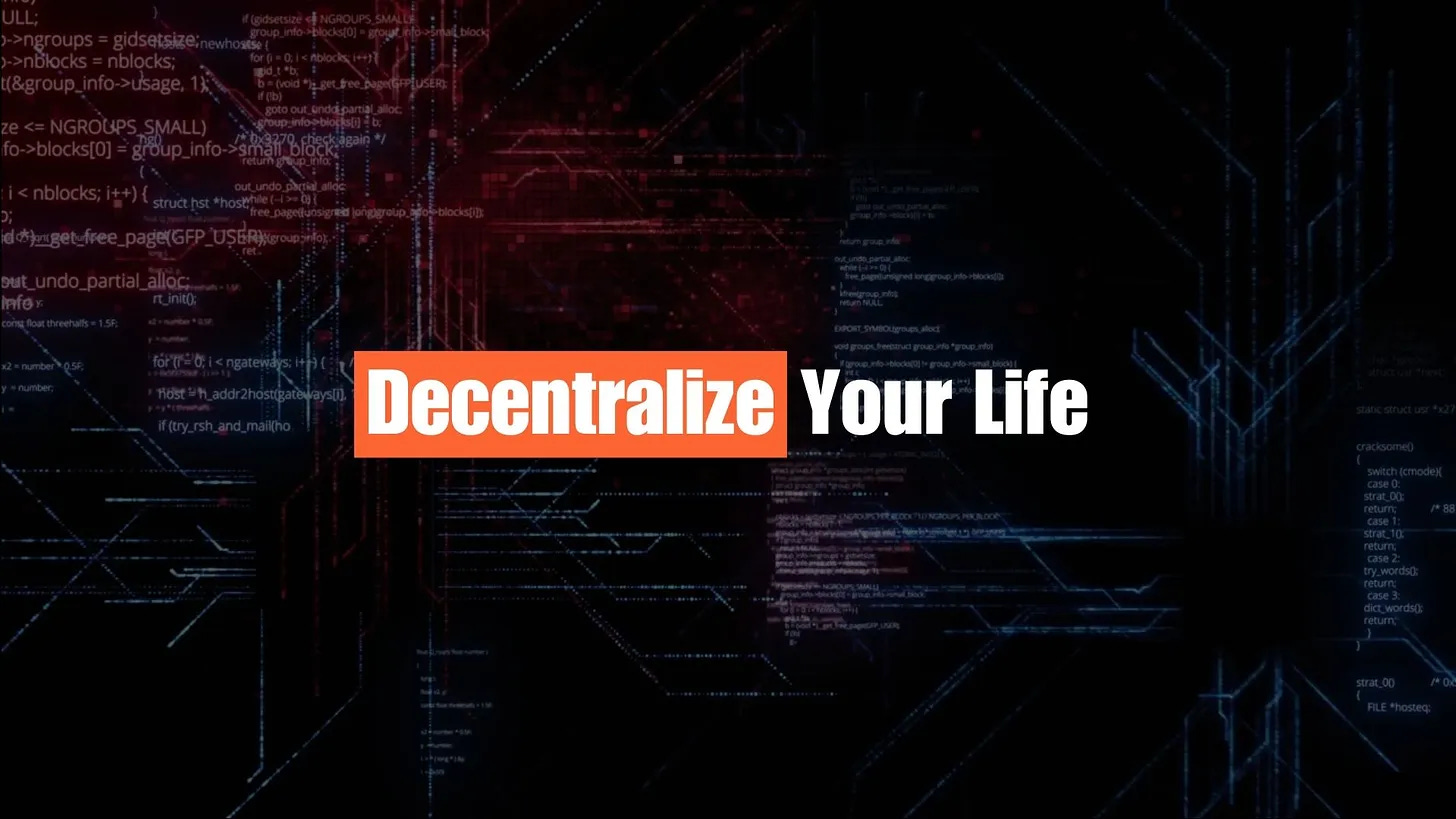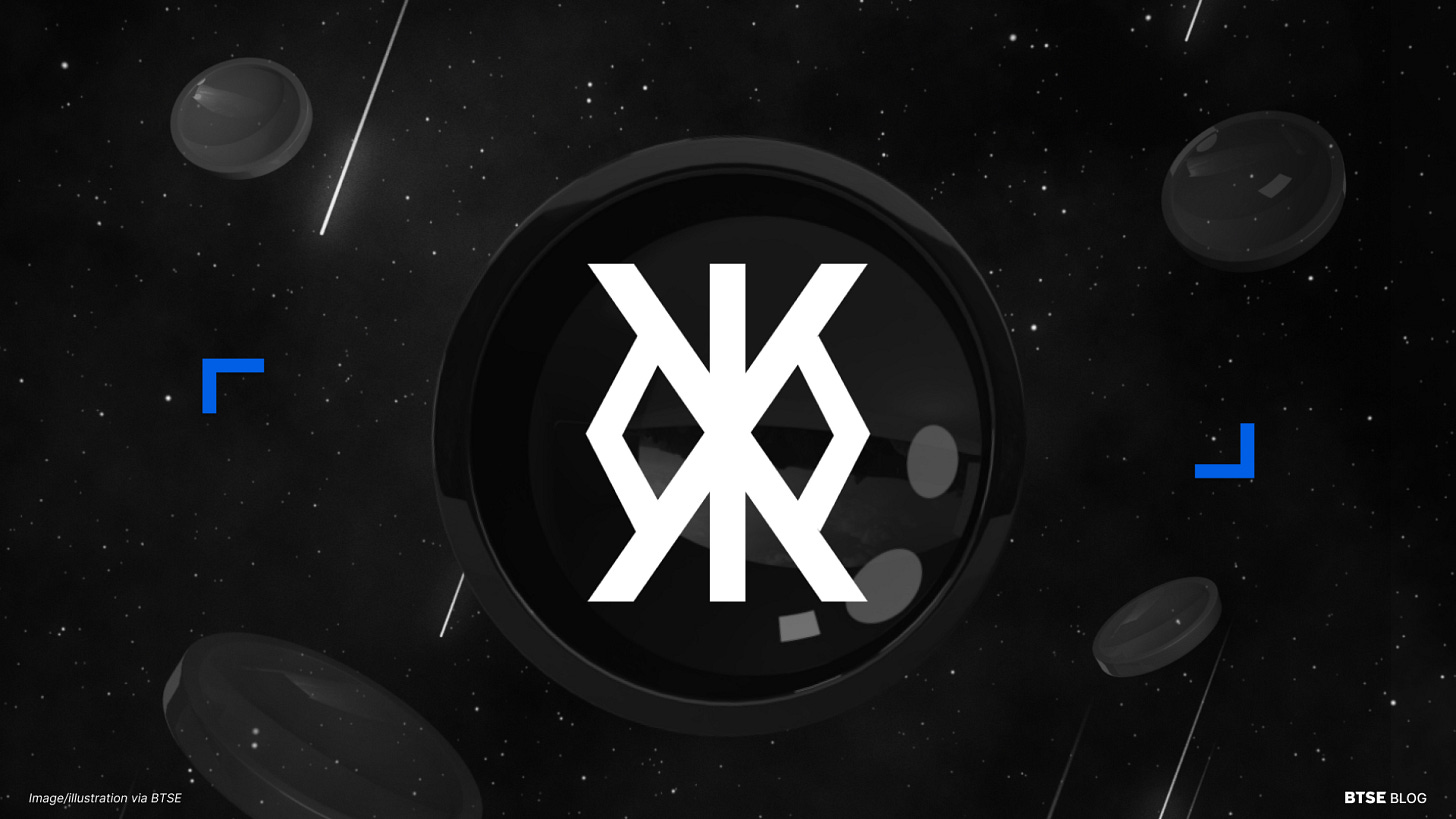Bitcoin Runes promised to revolutionize on-chain assets, but instead…
They’ve hit a wall.
A wall of slow trades, bad user experience, and creators losing steam.
Here’s the inside story of why Runes are struggling—and why Layer 2 solutions might save the day.
Runes were supposed to be Bitcoin’s answer to Ethereum’s tokens—a way to create, trade, and meme on the most secure blockchain.
But something unexpected happened.
The system isn’t just clunky; it’s killing the momentum of real-time trading. Here’s why.
First problem
Etching a Runes ticker is way too slow.
It takes 6 confirmations just to commit/reveal. That’s about an hour.
By the time you’re ready to trade, the hype is already gone. The memes? Dead.
Tokens thrive on speed and excitement.
Think about meme coins: They blow up in minutes, not hours.
Runes are stuck waiting for Bitcoin blocks. By the time the etch is done, the moment has passed.
Second problem
There’s no incentive for creators.
Without a premine or early mint, why would a token creator stick around to support their project?
Runes give no reason to help your token win. That’s bad for innovation—and worse for adoption.
Third problem
The trading experience is just… painful.
You can mint a token, but you can’t instantly sell it.
There’s no AMM (automated market maker) for fast swaps.
Liquidity? Zero. You have to bootstrap every single time.
Who wants to trade like that?
The worst part?
Large UTXOs can “brick” orderbooks.
One whale trade, and momentum dies.
Bitcoin’s design isn’t built for high-frequency, real-time token trading. It’s like trying to drive a race car on cobblestone streets.
But this isn’t the end of the story.
These problems with Runes are shining a light on a bigger opportunity:
Bitcoin Layer 2.
Imagine this:
Instant trades.
Seamless liquidity.
Incentives for creators.
Layer 2 solutions like Stacks or rollups can make this a reality.
The speed of Ethereum, but with Bitcoin’s unmatched security.
Ethereum built its token ecosystem with tools like Uniswap and AMMs.
Bitcoin needs its own version—but on Layer 2.
A fast, scalable Layer 2 would let Runes (and other assets) thrive without breaking Bitcoin’s base layer.
This isn’t just about Runes. It’s about the future of Bitcoin as an economic engine.
If Bitcoin is going to compete with Ethereum, Solana, and others, it needs to solve these usability problems now.
There’s already hope: Projects are exploring AMMs, rollups, and other scaling solutions for Bitcoin.
The next wave of innovation could unlock instant trading and real liquidity—without compromising security.
Here’s the bigger takeaway
Bitcoin doesn’t have to stay slow.
Layer 2 isn’t just an option—it’s the only way to scale Bitcoin beyond just being a store of value.
Runes are just the first step in this evolution. If Runes are clunky, that’s not failure. It’s feedback.
Bitcoiners are finding the limits of the base layer, and that’s pushing innovation where it matters: Speed, usability, and liquidity.
The question now is:
Will the Bitcoin community embrace Layer 2 as the future of tokens and trading?
Or will we leave the meme economy—and the innovation it fuels—to Ethereum and Solana?
Bitcoin doesn’t just need to catch up. It has the potential to leap ahead.
Layer 2 could bring real-time trading to Bitcoin. It could make tokens more usable and creators more incentivized.
The world’s hardest money deserves the world’s best tech. What do you think?
Are Runes just growing pains—or are they fundamentally flawed?
Can Bitcoin’s Layer 2 solutions save the day?
Love what you read? Subscribe and never miss an update!





